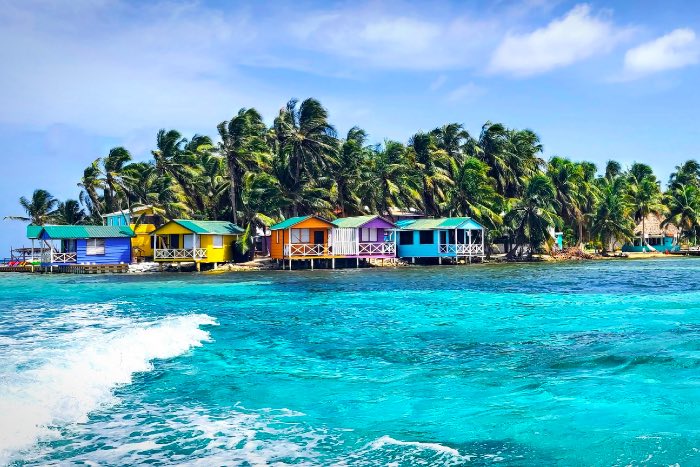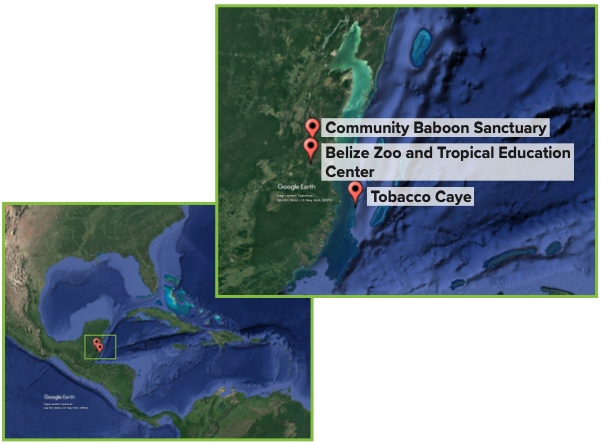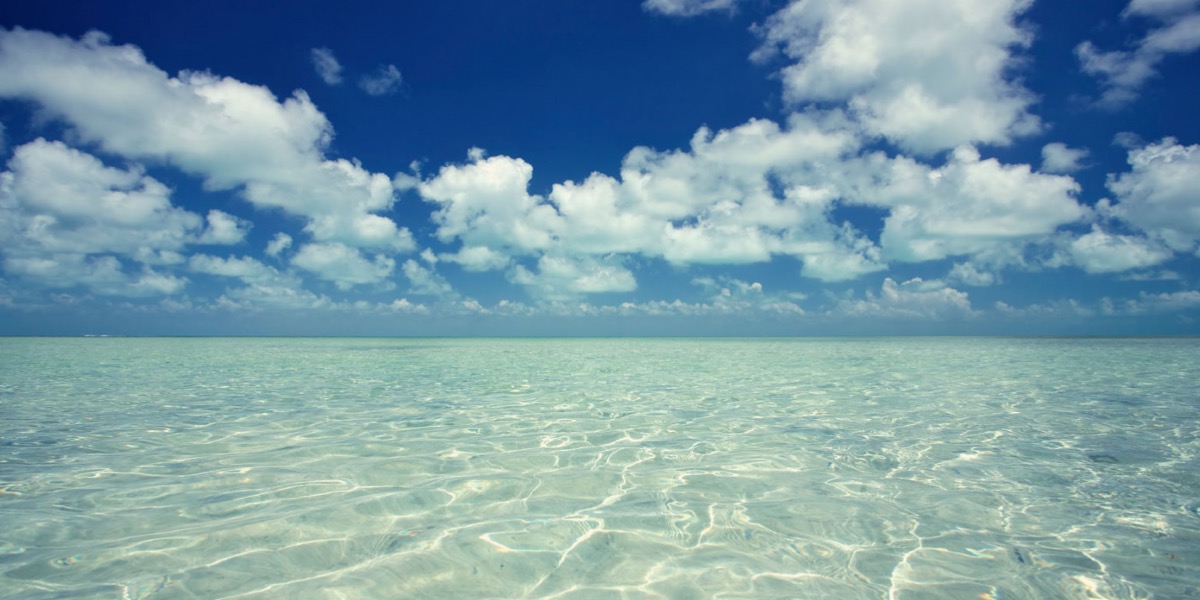
Belize: Approaches to Environmental Stewardship
Investigate coral reefs, manatees, howler monkeys, jaguars, and other wildlife while learning the methods communities are using to sustain them.
Course Overview
Join our partner, The Belize Zoo, and explore diverse terrestrial, coastal, and coral reef communities of Belize, while learning about conservation programs on such species as harpy eagles, jaguars, manatees, and howler monkeys. Students in this course will spend much of their time at The Belize Zoo and the associated Tropical Education Center, where they will conduct research investigations and gain first-hand knowledge of the conservation efforts of the Zoo. To appreciate community-based conservation in action, students also spend time with a well-known small rural community whose mission is focused on balancing species conservation and sustainable tourism initiatives. Each student will also gain experience understanding marine environments in southern Belize, by staying and studying on one of Belize’s 450 barrier islands.
A typical day on this EE course includes exploration and hiking in the local environment, instructor and student-led discussions of key course topics, presentations, and engagement with local community experts, 1 to 2 snorkel experiences, and time for inquiry investigations and journal writing. Prior to and following the field experience in Belize, students will complete coursework via Canvas, Miami University's learning management system, as they apply experiences at home.
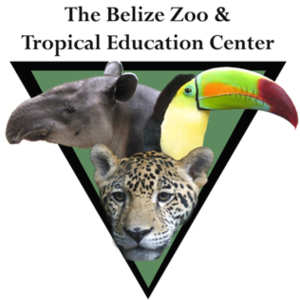 *** If you're interested in Belize: Approaches to Environmental Stewardship for Summer 2026, let us know by completing this short form. Note: This is not the EE application/course request form. Visit our Apply webpage for application instructions for the GFP or to take an Earth Expeditions stand-alone course. Current Dragonfly students' summer requests should be submitted using the form sent via email.
*** If you're interested in Belize: Approaches to Environmental Stewardship for Summer 2026, let us know by completing this short form. Note: This is not the EE application/course request form. Visit our Apply webpage for application instructions for the GFP or to take an Earth Expeditions stand-alone course. Current Dragonfly students' summer requests should be submitted using the form sent via email.
Course Details |
|
|
In-Person Travel Dates |
June 15-24, 2026 Arrive at least one day before and depart on last day of course. |
|
Full course dates |
April to August online |
|
Course-specific themes |
-Learning directly from local conservationists dedicated to Belizean's lands and wildlife -The Belize Zoo's role in conservation advocacy and offering hands-on experiences to visitors -Primate conservation and ecotourism in the well-known Belize River Valley with the Community Baboon Sanctuary -Chances to snorkel in the Belize barrier reef systems to gain understanding and appreciation for local fish and marine populations -Gaining knowledge of what is takes to inspire environmental stewardship in Belize and translating this learning to home |
|
Eligibility |
This course is open to first-year GFP master’s students, as well as any interested current students, or can be taken as a standalone course. An undergraduate degree is required. *Miami U. undergraduates with Graduate School permission may also apply. |
|
Physical requirements |
Some hikes on paths and trails, walking at night (with flashlights); time on boats; swimming in shallow coastal and mid-depth ocean areas while snorkeling; hot and humid weather |
|
Lodging |
Shared rooms (2-4 beds) with shared bathrooms. Fans in rooms (no AC) and outlets available. |
|
Course credits |
5 master's graduate credits or 7 CEUs (continuing education credits) can be earned |
|
Course costs (Includes meals, water (extra snacks and drinks not included), lodging, activities (optional activities not included), course transportation, and park entrance fees) (For additional information, go to our Program Costs page.) |
There are two options for taking this course: 1) Earn 5 graduate credits: All participants cover their own transport to Belize City, Belize (airport code: BZE) |

Belize
Planned Sites in Belize
The Belize Zoo and Tropical Education Center
The Belize Zoo, situated on 29 acres of tropical savanna, exhibits over 125 animals native to Belize. The Belize Zoo receives more than 10,000 school children every year as part of the Zoo’s progressive education program and is home to active jaguar and harpy eagle conservation projects.
Community Baboon Sanctuary
Established to protect the local population of black howler monkeys through voluntary community participation in land management, the Community Baboon Sanctuary encompasses over 12,980 acres of broadleaf forest, wetlands, and pasture farmland. The black howler monkey, known as “baboon” in Creole, is the main species of interest in the reserve.
Tobacco Caye
An island totalling 5 acres in size, Tobacco Caye is an ideal location for studying aquatic life as it is situated directly on the barrier reef system. The island is home to mangroves, coral reefs, and seagrass beds, and is a short boat ride from the biologically rich South Water Caye Marine Reserve. Working with the Tobacco Caye Marine Station, students have the opportunity to perform in-depth investigations of this diverse marine ecosystem.
(Course locations are subject to change.)
Belize Course Photos
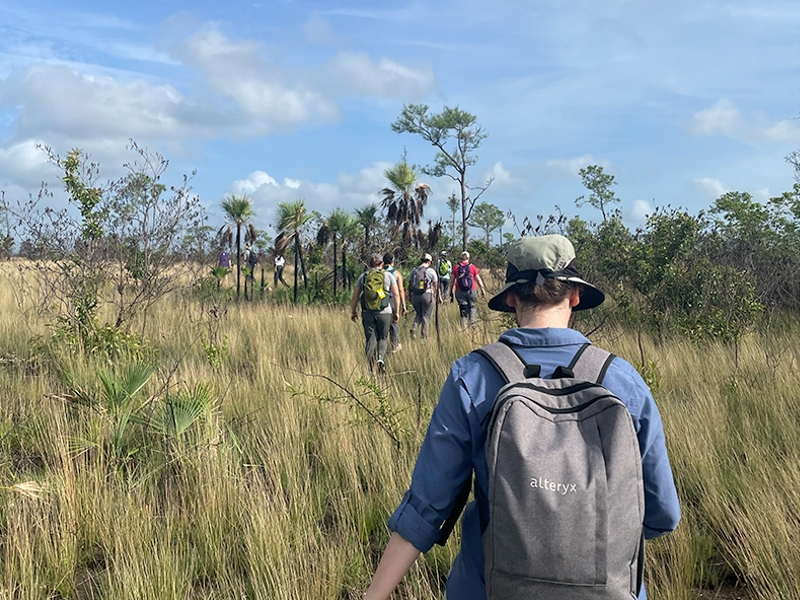
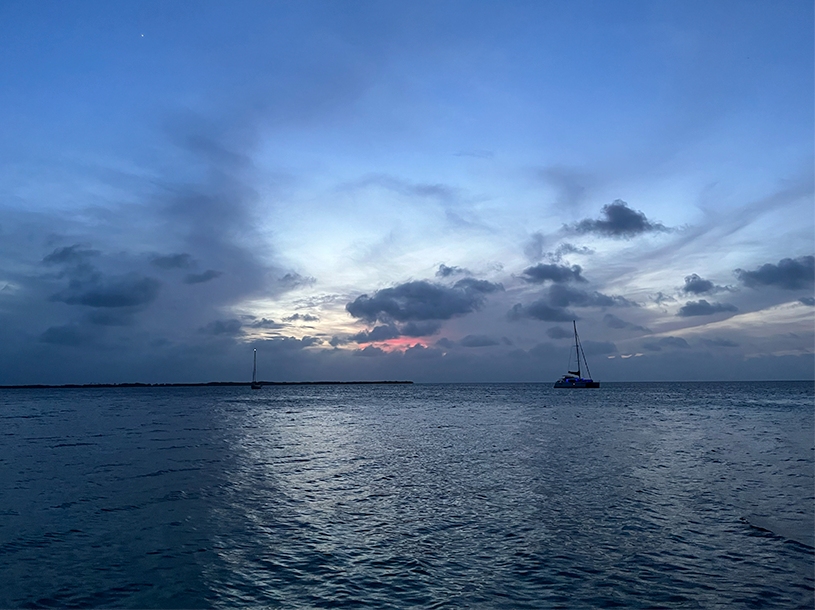

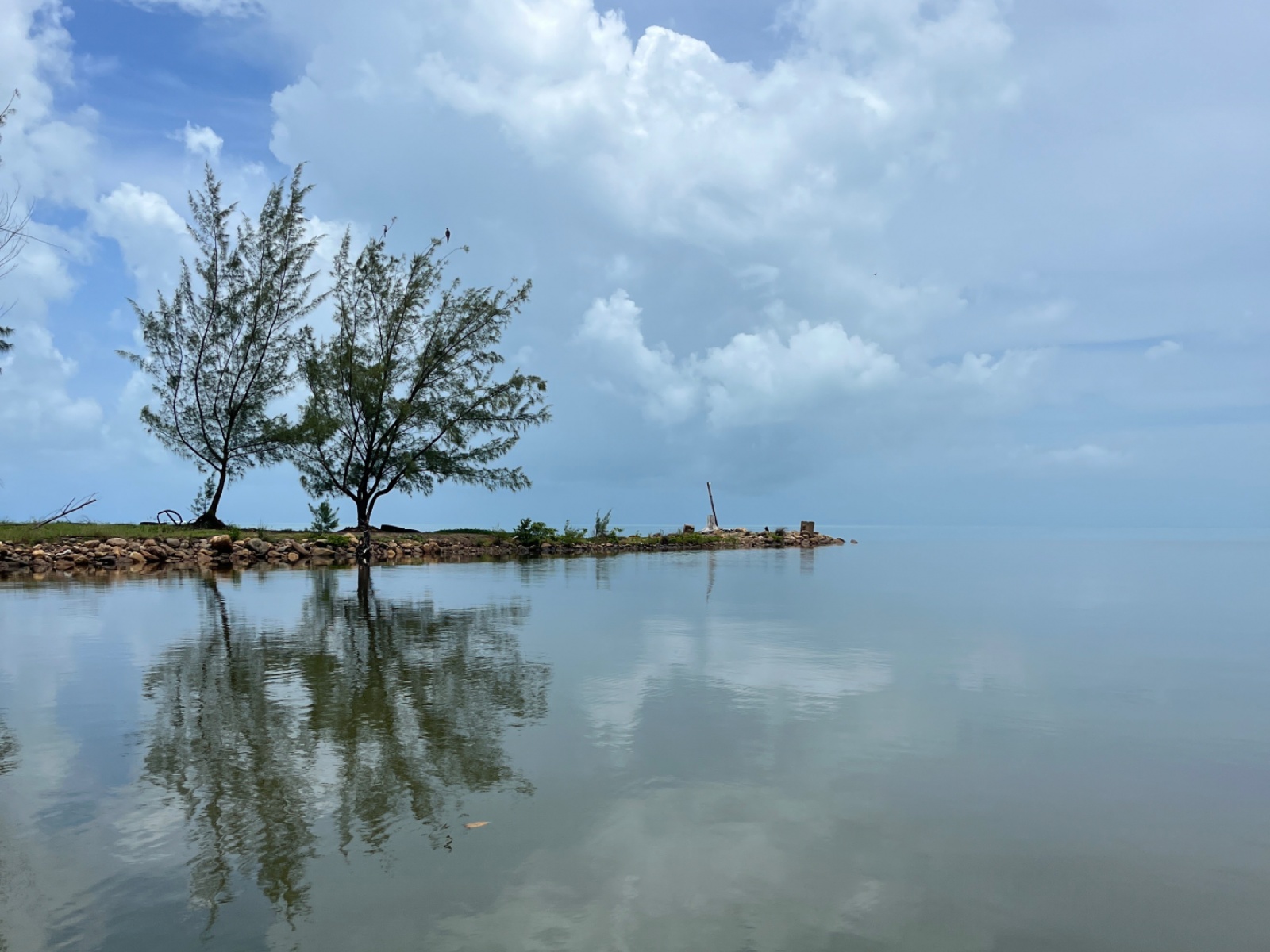
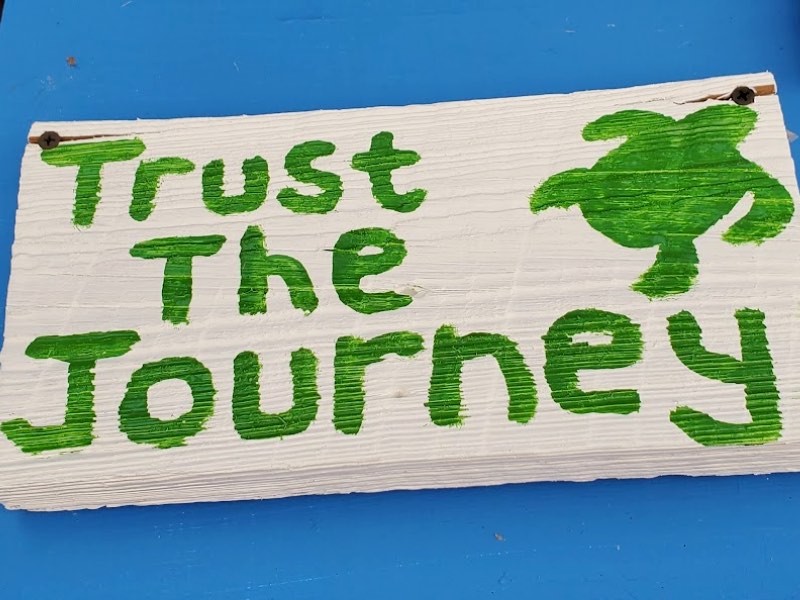

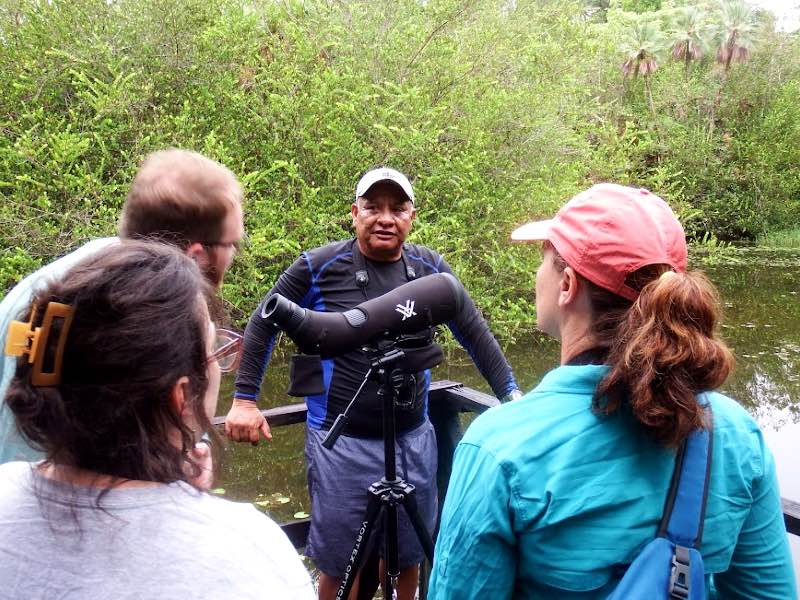
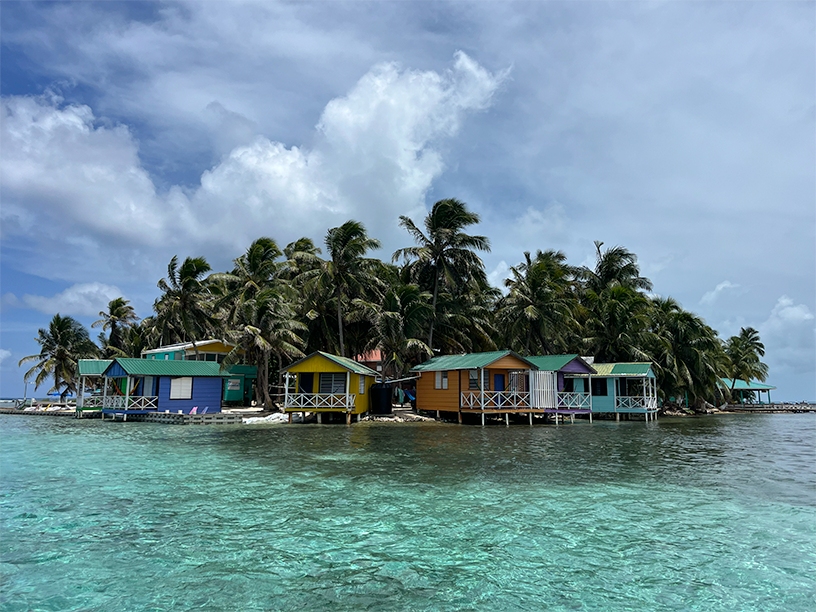

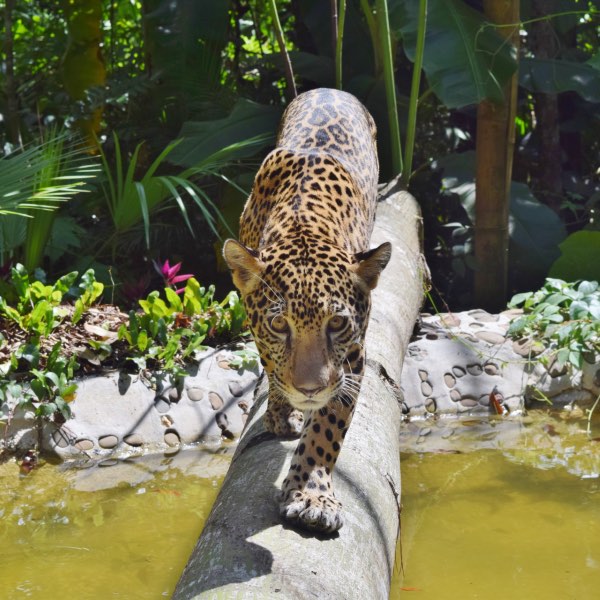

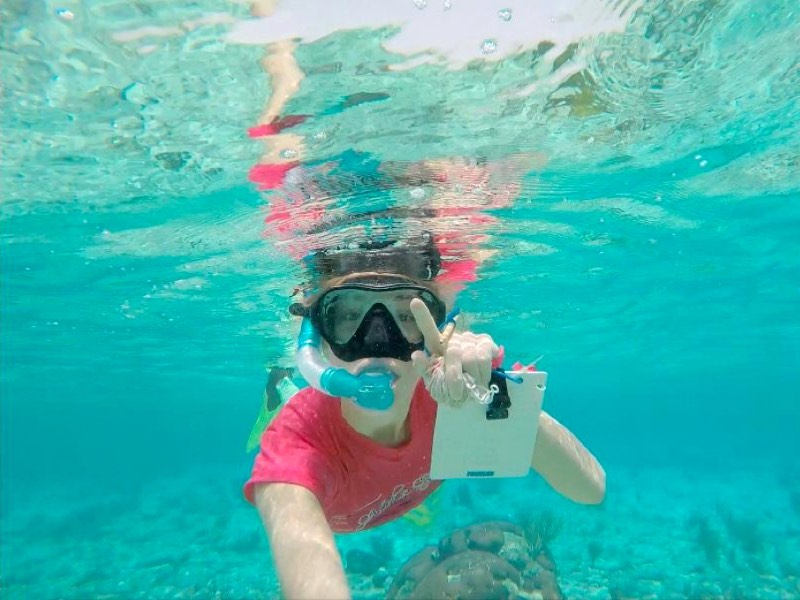
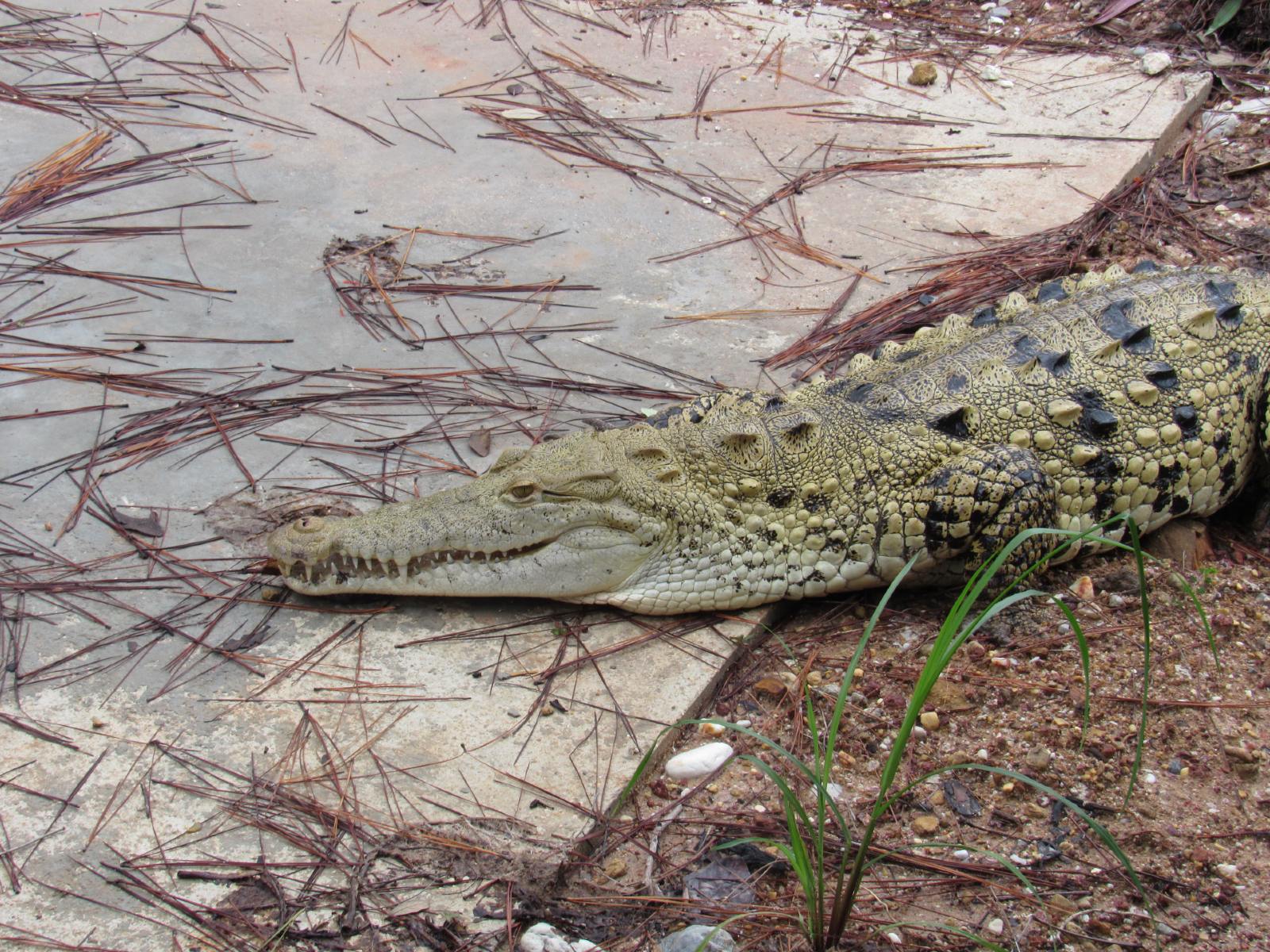
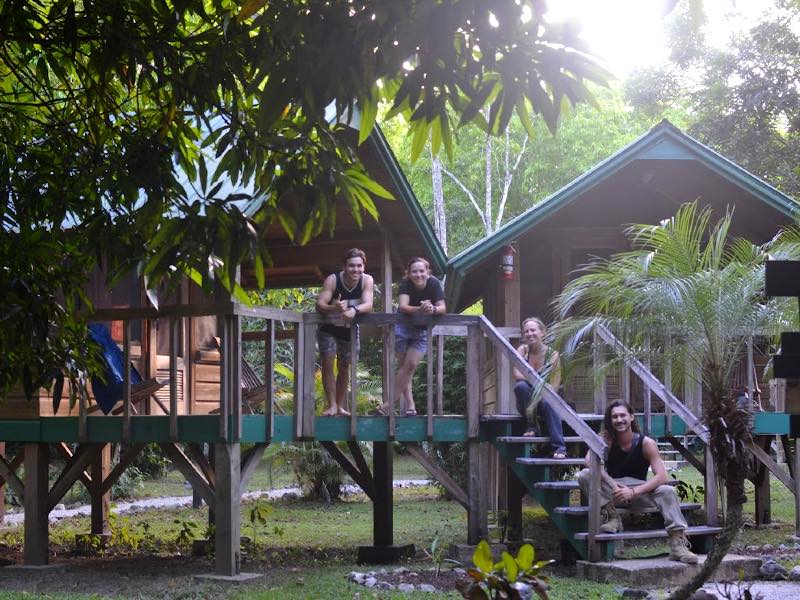
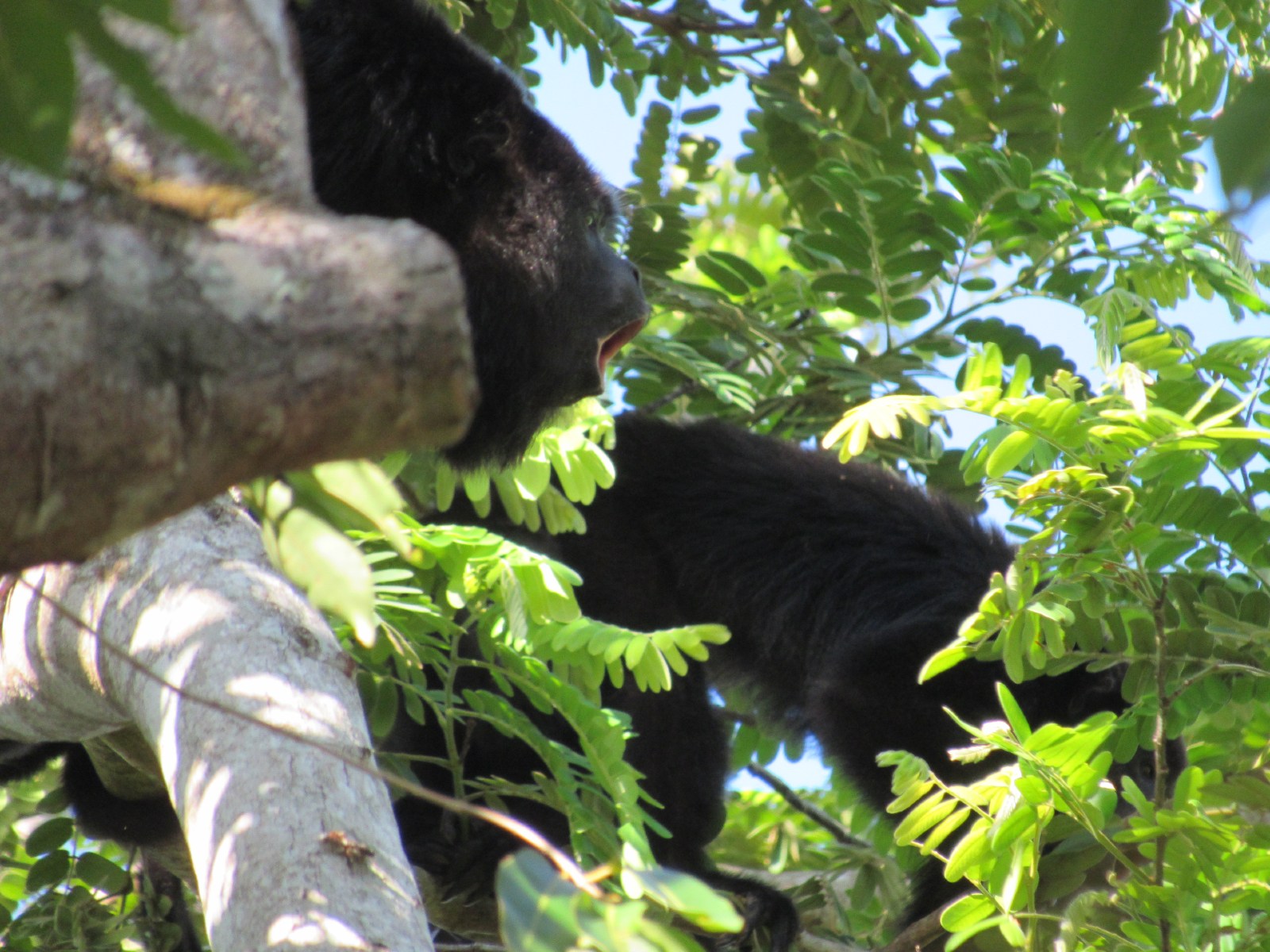
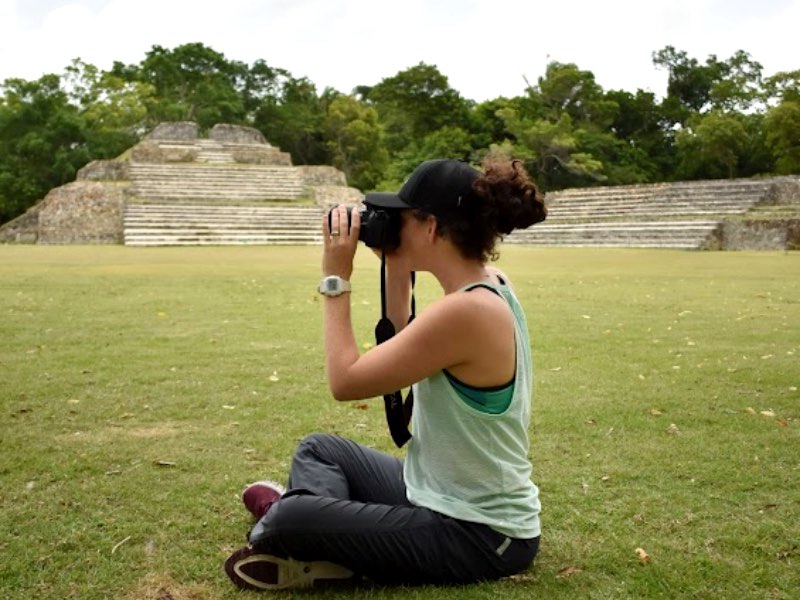
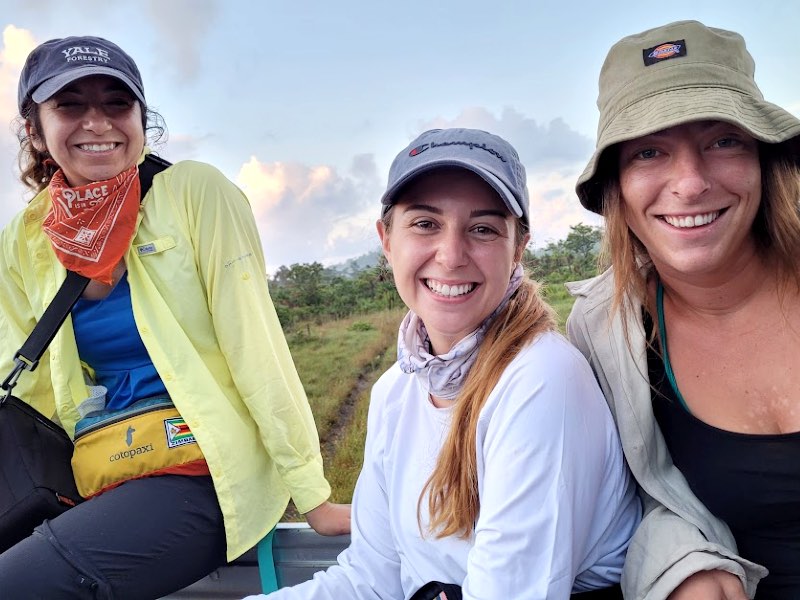
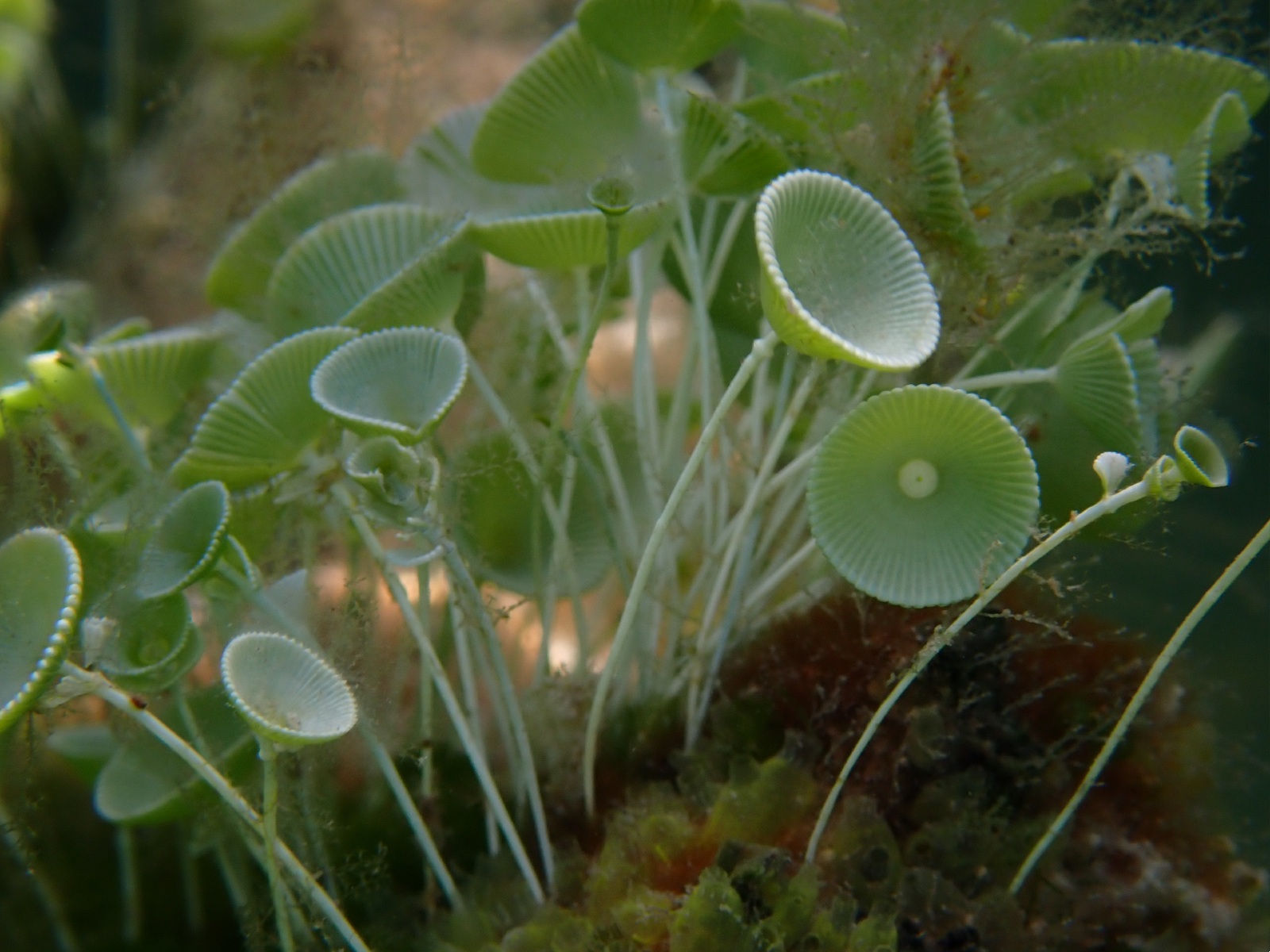
Inside Earth Expeditions
Recorded October 16, 2024, covering Baja, Belize, Brazil.
Want to know more about Dragonfly's global+web-based Earth Expeditions courses? Please view a recording from one of our 2024-25 Inside Earth Expeditions sessions, or join us next fall for an upcoming session, where we share the inside scoop on our EE course locations, partners, and activities. These sessions are perfect for current AIP and GFP students, prospective GFP students, and those interested in taking an EE as an individual course. Each session was led by an experienced member of our instructional team.
Questions?
Check out another EE!
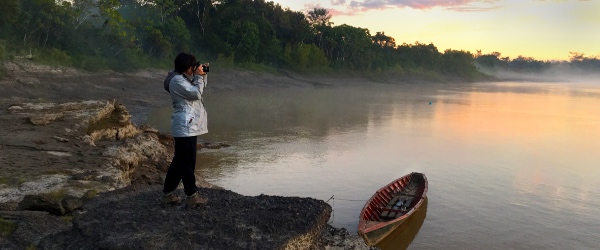
Amazon: Avian & Tropical Ecology
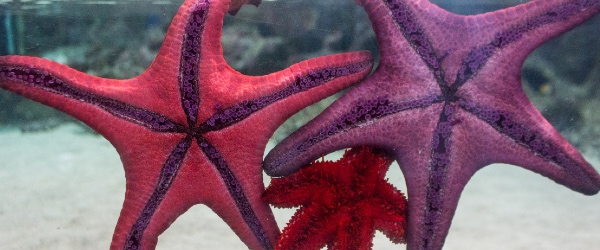
Australia: Great Barrier Reef
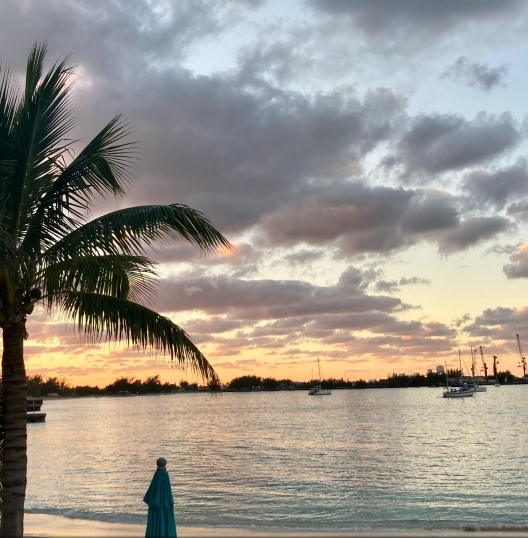
The Bahamas: Cultivating Conservation Networks
Snorkel in biodiverse marine protected areas, explore unique national parks, and gain an understanding of community-driven initiatives by talking directly with local experts at the forefront of conservation.
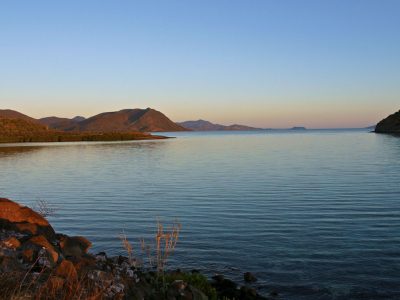
Baja: Field Methods
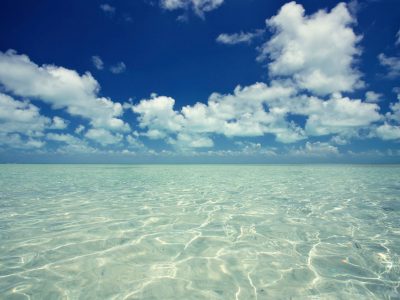
Belize: Approaches to Environmental Stewardship
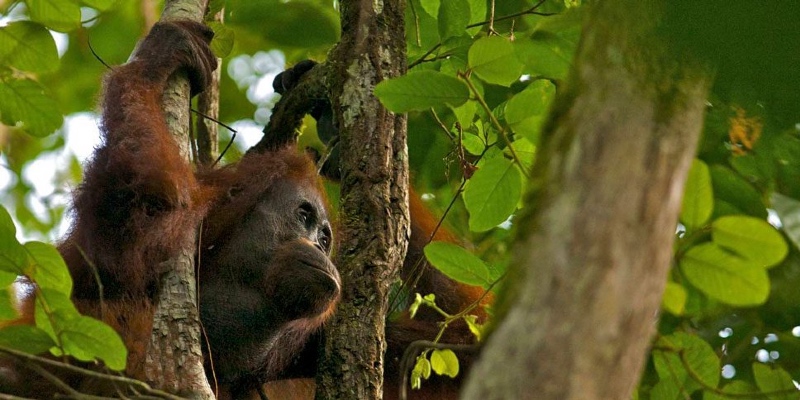
Borneo: Primate Conservation
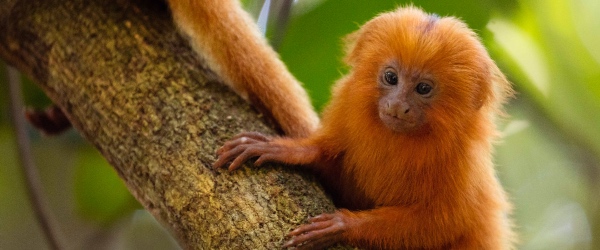
Brazil: Saving Golden Lion Tamarins
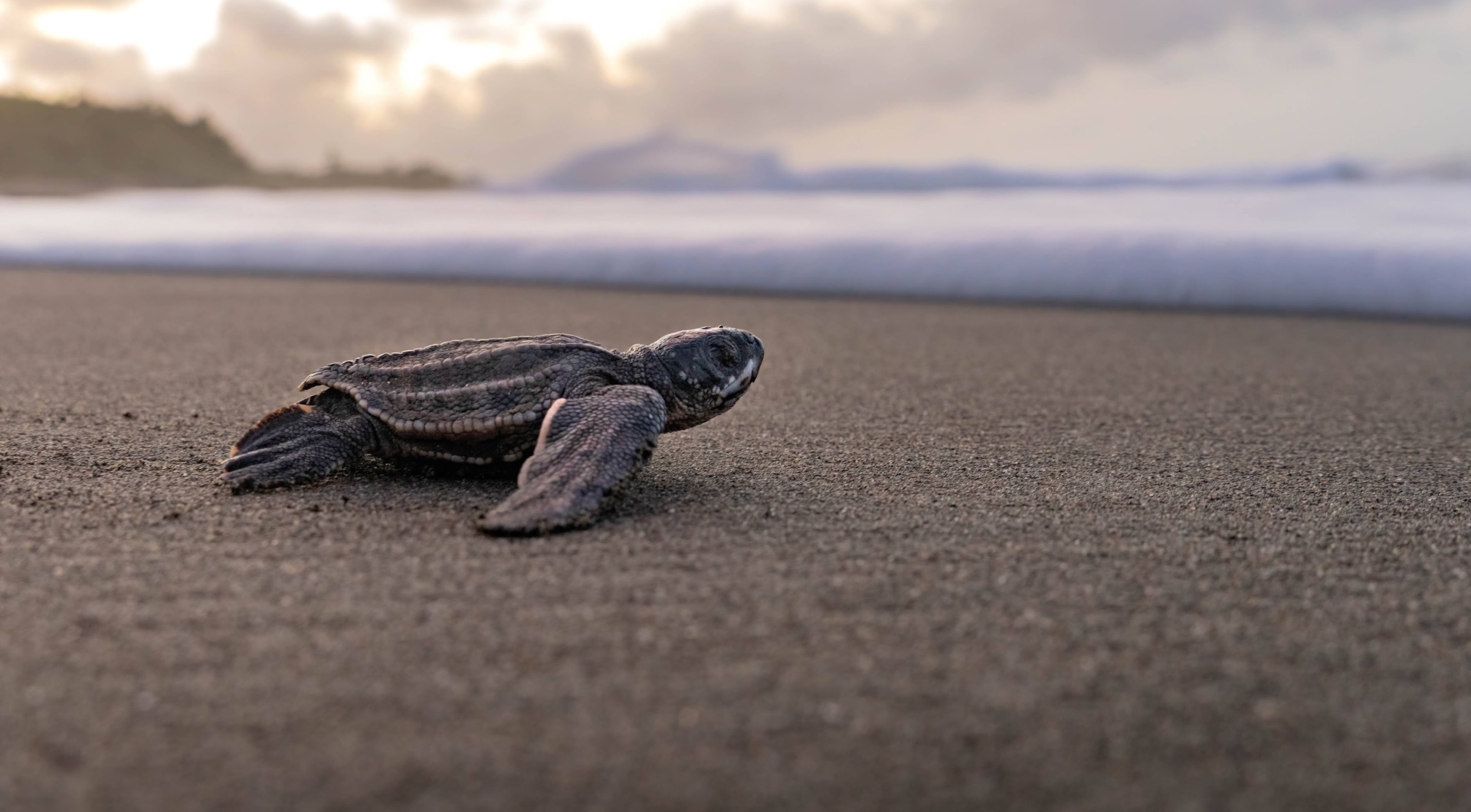
Costa Rica: Ecology & Ecotourism
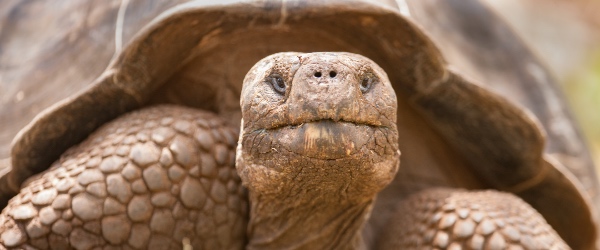
Galápagos: Islands of Change
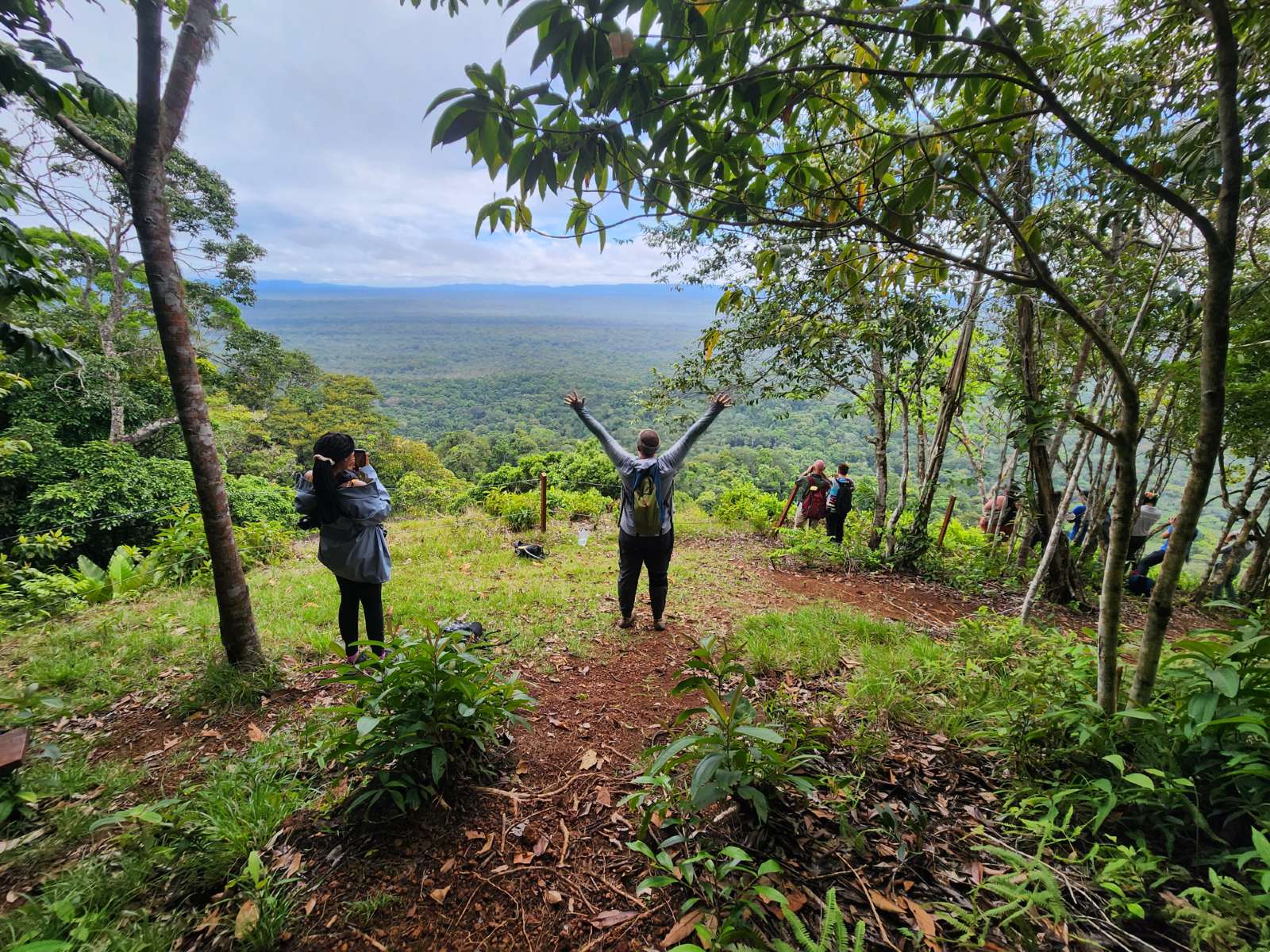
Guyana: Local Wisdom & Conservation
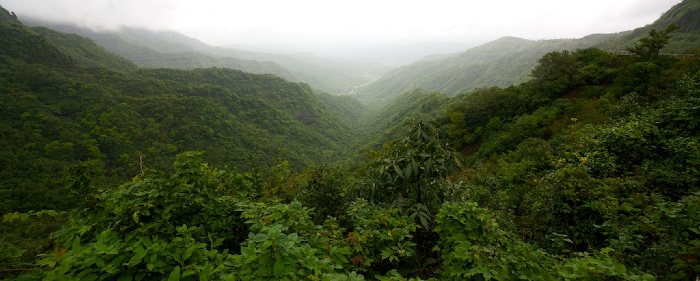
India: Species, Deities & Communities
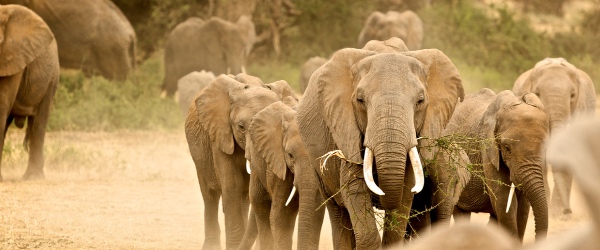
Kenya: Wildlife & People in Integrated Landscapes
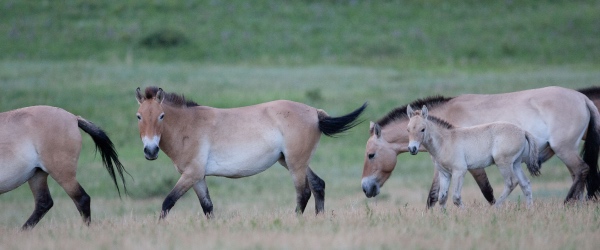
Mongolia: Steppe Ecology & Civic Media

Namibia: Great Cat Conservation
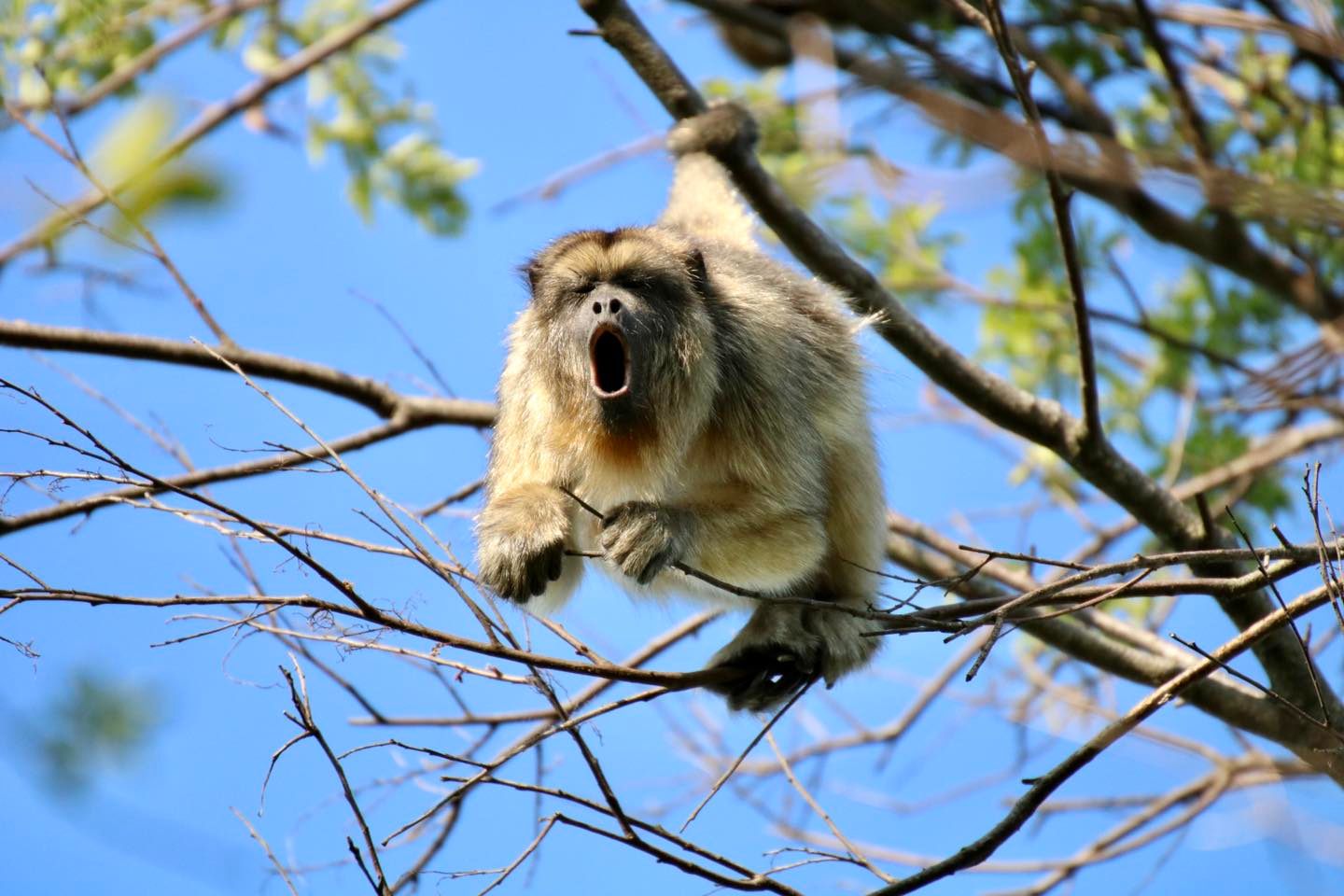
Paraguay: Eco-Leadership
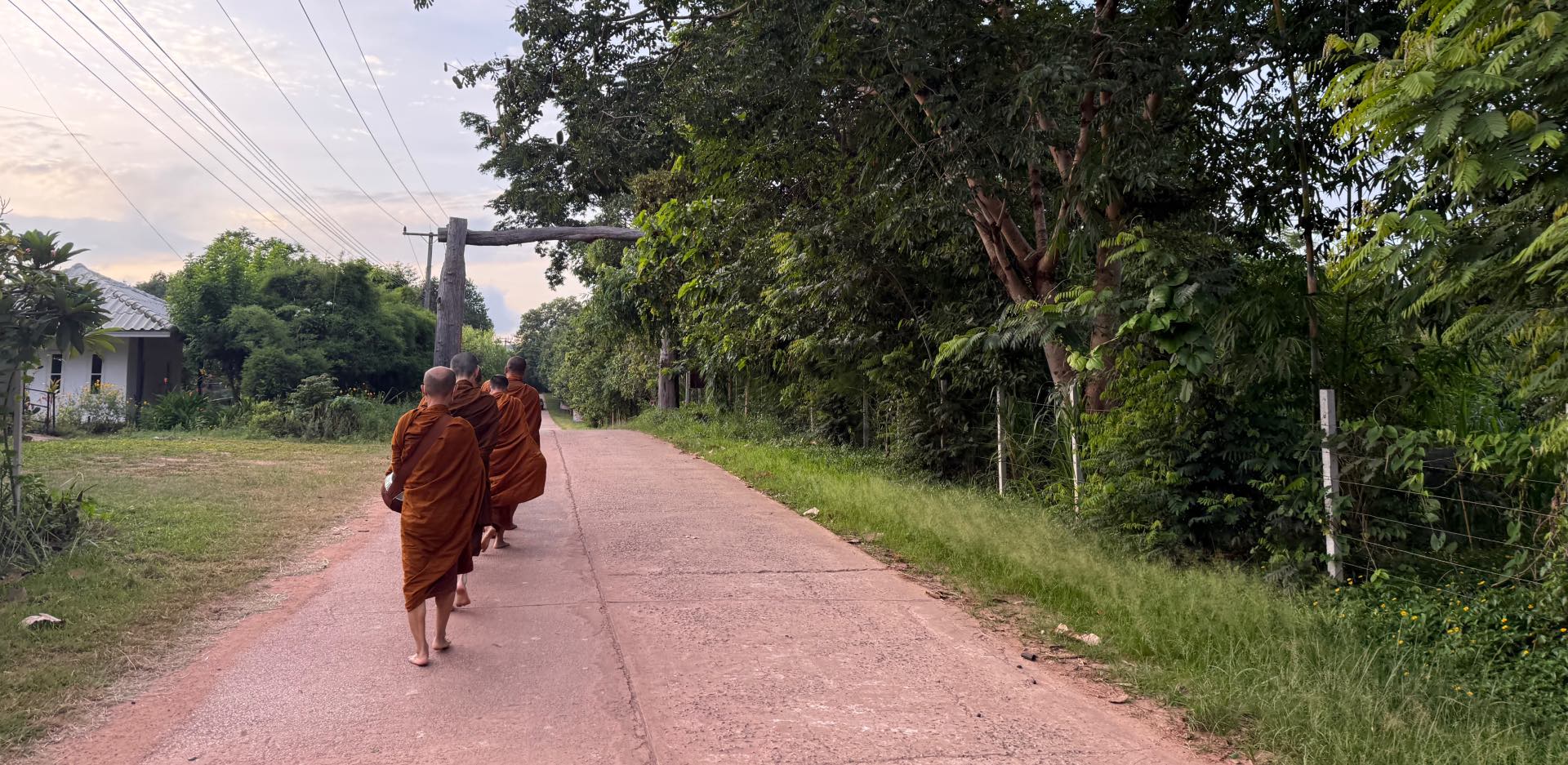
Thailand: Buddhism & Conservation
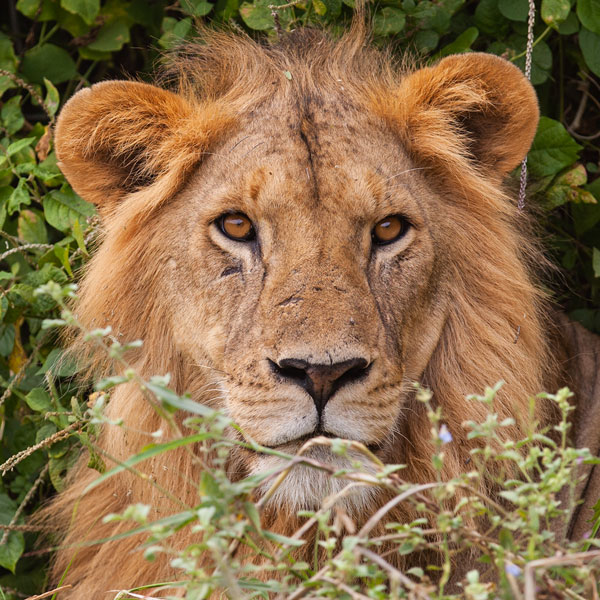
FAQs
